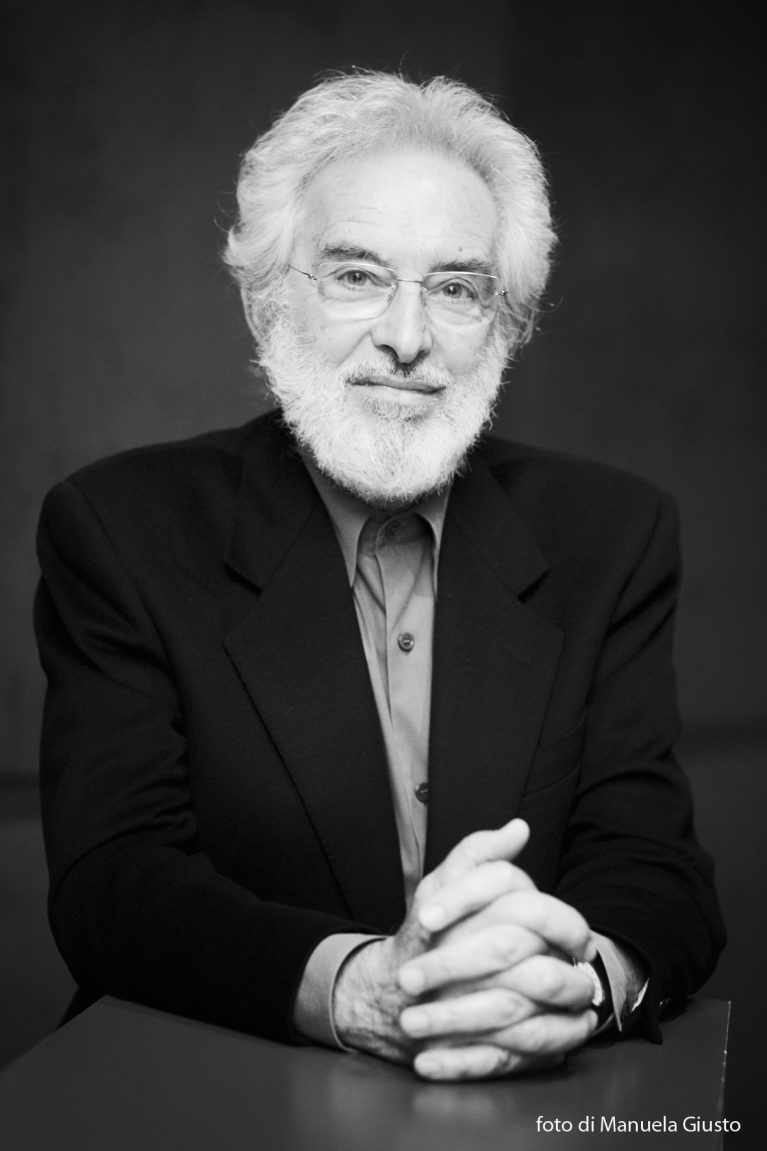interviews
Mimmo Jodice’s Milan
My first experience of Milan was with my exhibition at Lanfranco Colombo’s Galleria Diaframma in October 1970...

What are the origins of your relationship with Milan?
My first experience of Milan was with my exhibition at Lanfranco Colombo’s Galleria Diaframma in October 1970. The show was titled “Nudi dentro cartelle ermetiche” (or “Nudes in Hermetic Sample Books”) and was presented with a text by Cesare Zavattini. In those years, research photographers were pioneers detached from the mainstream art and culture systems in Italy. As often proved to be the case back then, Milan was a guiding light in the way it inquisitively and intelligently welcomed artists and innovative creative languages. The gallery wasn’t far from Jamaica
[Monumental Milan], which was a kind of gravitational field charged
with dissonant and intelligent energies. That place was a real revelation for me, but at the same time the whole of Milan represented a new discovery in my world.
What is your favourite historical building in the city?
On the frequent occasions when I’ve worked in Milan, I’ve always chosen paths and places that filled me with emotion such as the Basilica of San Lorenzo [Monumental Milan] with the marvellous colonnade running in front of it, or the Navigli [Stroll for Flaneurs] canals with their lively open-air street markets. Still today, I really like arriving in Piazza Duomo and walking back towards the Loggia degli Osii and Palazzo della Ragione, and from there towards the Sforza Castle, where I go to admire the extraordinary Rondanini Pietà by Michelangelo, who worked on this marble sculpture right up until his death.
What do you normally do when you are in Milan?
There are many places in the city that I visit again and again, either for work or pleasure, such as the Pinacoteca di Brera art gallery and the 18th-century Rotonda della Besana, which is a beautiful former church and cemetery now used as a space for exhibitions. Since I still use analogue techniques for both shooting and printing, I’m always on the lookout for shops selling the materials I need to print as I develop, such as baryte paper and so on.
Is there a shop in Milan where you buy special items?
Like a small New York, it’s always been said about Milan that if you can’t find something here, it probably doesn’t exist. Angela and I love strolling around the shops and markets, but we don’t have any fixed points of reference.
What is your favourite cafe, bar or restaurant in the city?
At one time Bar Jamaica was definitely my favourite. Today we often come to Milan but we’re mostly “shown around” by friends, so the places and restaurants we visit are generally spur-of-the- moment discoveries.
Which new buildings have transformed the face of Milan?
I like the Vertical Forest by Stefano Boeri [The rising City], with its bold and visionary idea for a different conception of the city. But I also love the way the Hangar Bicocca [The Polycentric Centre] has been transformed and reutilised as a venue for contemporary art. The place’s artistic programming is fantastic, as well as the spatial relationship between Anselm Kiefer’s towers and the Hangar itself. I visited the Fondazione Prada [The Polycentric Centre] with great curiosity. I was fascinated by the project’s complexity, the re-use of the industrial urban fabric, the relationship with contemporary art and the usability of the space. From an architectural perspective, I can only say that as I was wandering around the Foundation, I was struck by a window that had been left blind. It was clearly recognisable as a window but it had been cemented over, so I decided to photograph it and add it to my work on metaphysical places. Picturing that concrete wall with a cemented window at the centre in a black-and-white photo seemed like a kind of utopia fulfilled.
What would you transfer to Milan from another place?
I live in Naples, which is certainly a tough city but it’s also endowed with tremendous beauty and culture, as well as a profound and natural warm-heartedness. To be honest, I wouldn’t really know what to transfer to Milan and how.


